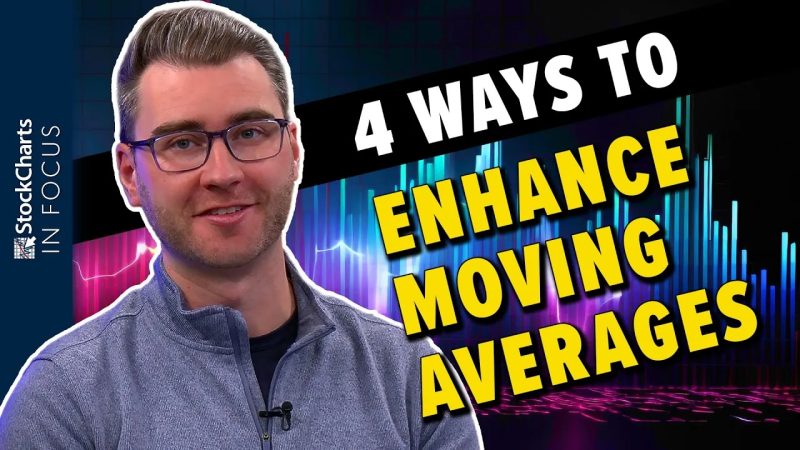**3 Key Strategies to Maximize the Potential of Moving Averages in Your Trading**
Moving averages are a fundamental tool in technical analysis, providing valuable insight into market trends and price movements. By understanding how to use moving averages effectively, traders can gain a competitive edge and make more informed decisions. Here are three key strategies to help you maximize the potential of moving averages in your trading:
**1. Combine Different Types of Moving Averages**
One way to enhance the effectiveness of moving averages on your charts is to combine different types of moving averages. By using a combination of shorter-term and longer-term moving averages, traders can gain a more comprehensive view of market trends. For example, combining a 50-day moving average with a 200-day moving average can help identify both short-term fluctuations and long-term trends in price movements. This approach can provide more accurate signals and reduce false alarms, leading to better trading decisions.
**2. Use Moving Averages as Dynamic Support and Resistance Levels**
In addition to identifying trends, moving averages can also be used as dynamic support and resistance levels in trading. When prices approach a moving average, it often acts as a key level of support or resistance, influencing the direction of the price movement. Traders can use this information to make strategic entry and exit decisions. For example, if a stock price bounces off a moving average multiple times, it can be a signal to enter a trade in the direction of the trend. Conversely, if a stock breaks below a moving average, it could be a sign to exit a position to avoid further losses.
**3. Use Moving Average Crossovers for Signal Generation**
One of the most popular strategies for using moving averages is to identify crossovers as trading signals. A crossover occurs when a short-term moving average crosses above or below a longer-term moving average, indicating a potential change in trend direction. Traders can use these crossovers to generate buy or sell signals and confirm the strength of a trend. For example, a bullish crossover, where a short-term moving average crosses above a long-term moving average, can signal a potential uptrend and be used as a buy signal. Conversely, a bearish crossover, where a short-term moving average crosses below a long-term moving average, can signal a potential downtrend and be used as a sell signal.
In conclusion, moving averages are a powerful tool in technical analysis that can provide valuable insights into market trends and price movements. By combining different types of moving averages, using them as dynamic support and resistance levels, and utilizing moving average crossovers for signal generation, traders can enhance the effectiveness of moving averages on their charts and improve their trading decisions. By implementing these strategies, traders can maximize the potential of moving averages and increase their success in the markets.
